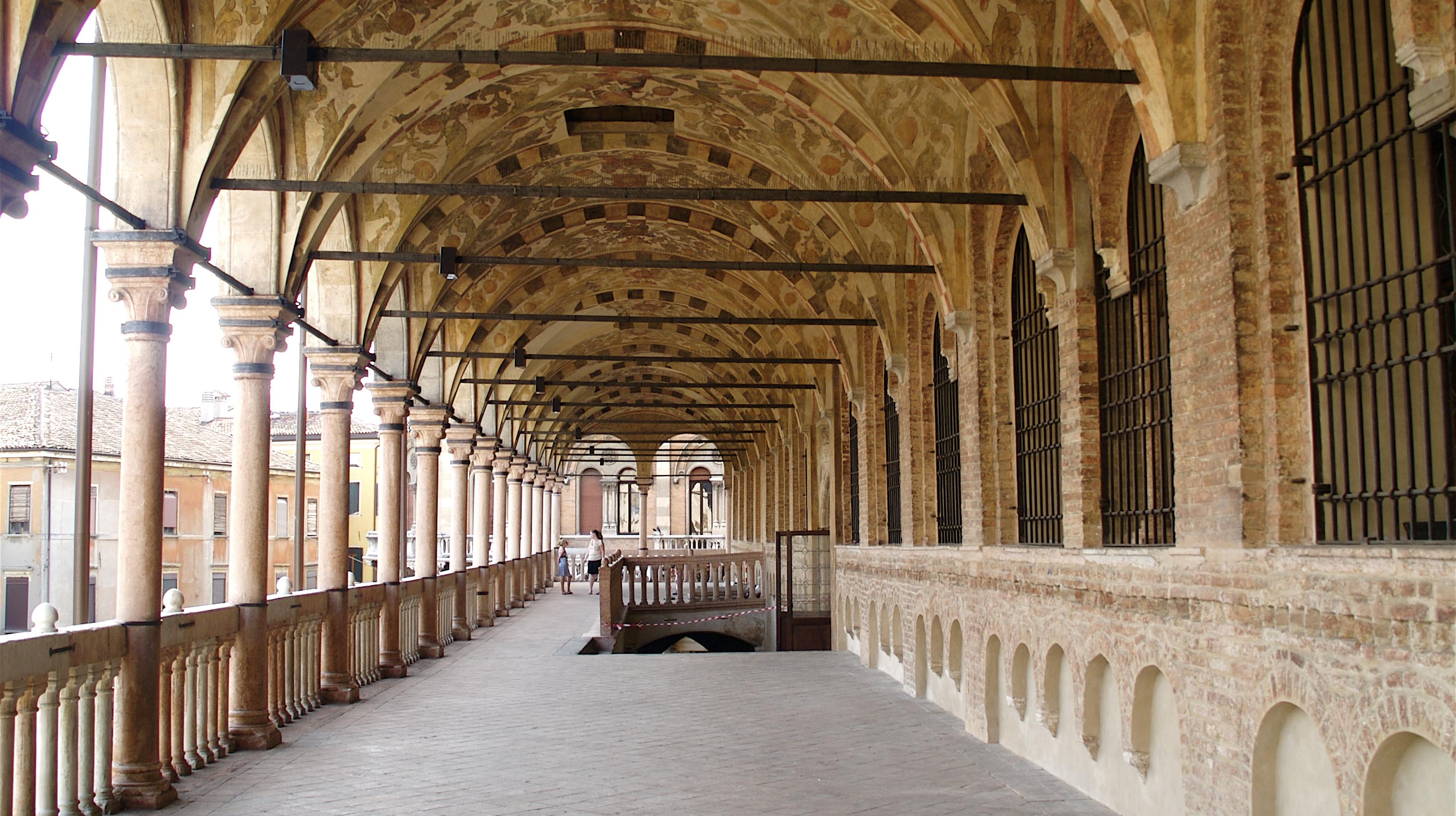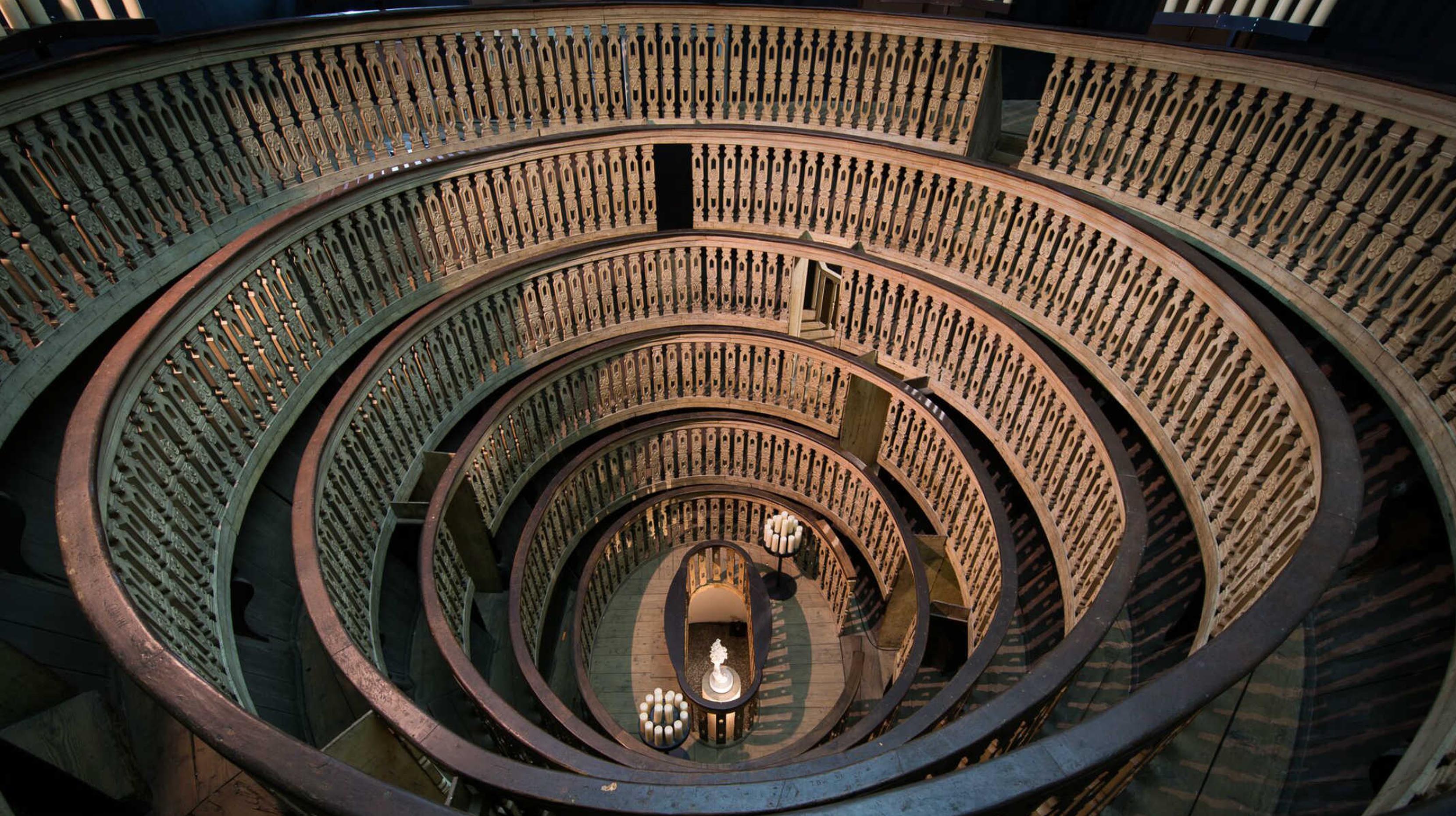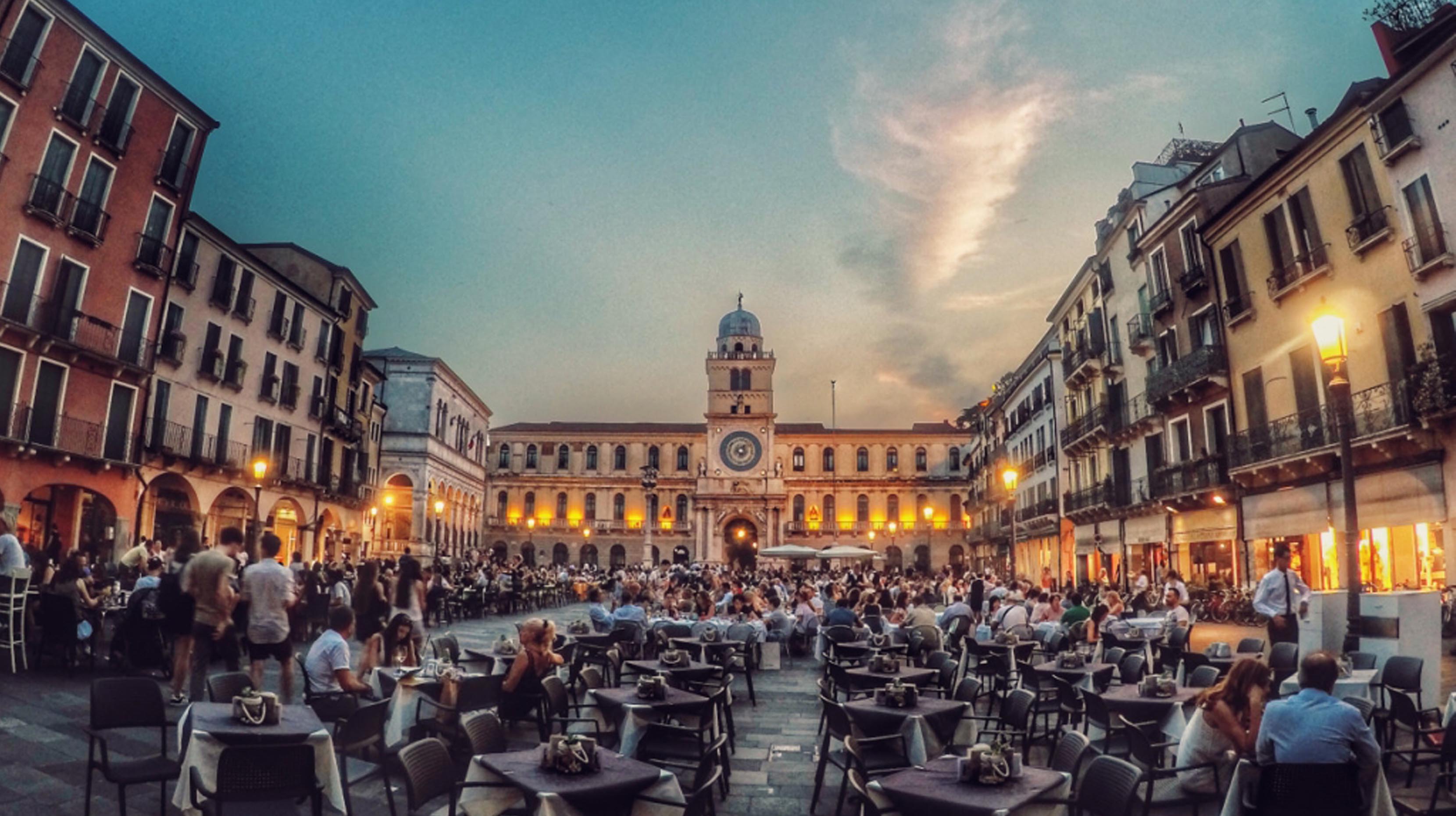Padova, Italy
In the heart of the Veneto Region, Padova is a lively city with 210,000 inhabitants and 60,000 students attending the ancient and prestigious University of Padova. It is the third-largest city in the Veneto Region, after Venice and Verona, in terms of a number of inhabitants and the largest province in the region with over 900,000 inhabitants.
The historic town centre is surrounded by imposing sixteenth-century walls and waterways that connect the city with Venice via the Riviera del Brenta.
The medieval and renaissance identity of Padova is most felt in the city piazzas, which are animated with the clamour of the markets in the morning and then become open-air lounges in the afternoon when everyone stops for a typical local aperitif: a spritz.
Conference Venues
Please, note that the specific locations for each session are indicated in the detailed program.
Palazzo della Ragione and Palazzo Moroni
Via VIII Febbraio, 6 – Padova
The “Palazzo della Ragione” was built in 1218 and enlarged in 1306. Until 1797 it was used as city council’s assembly hall and Palace of Justice (hence the appellation “della Ragione”, meaning of reason).
This medieval town hall had been the place where meetings and tribunals deciding the fate of Padova and its citizens had been held for centuries. All the while, its ground floor with high arched ceilings had served as the food shopping bubbling centre of the city. “Palazzo della Ragione” is a wondrous place, a great testament to what the human spirit and the human hand can achieve and a unique example of a building where both the social and the physical needs of the denizens were satisfied in a such a spectacular manner.

Palazzo del Bo (University of Padova)
Via VIII Febbraio. 2 – Padova

The historical seat of Padova University “Palazzo del Bo” keeps an extraordinary architectural, historical and cultural heritage. The complex we see today is the result of the restoration of a series of buildings which gathered together ancient medieval towers and renaissance palaces. Architecturally, the 16th century was the key period for the Bo Palace: the old courtyard with a double doric and ionic order of arcades is by Andrea Moroni (mid 16th century); world’s first permanent anatomical theatre, the Anatomy Theatre, was built in 1594 by the famous professor of Anatomy Gerolamo Fabrici d´Acquapendente; the “Sala dei Quaranta” is decorated by the portraits of 40 famous personages who studied at the University and keeps Galileo´s original chair. The 18th-century Great Hall, “Aula Magna”, was renovated from 1854-56 and in 1942 (by the architect Giò Ponti). In the small hall adjacent to the Anatomy Theatre there is a permanent exhibition of busts and coat of arms, old diplomas, engravings, portraits, medals, seals, various documents and a wooden model of the Anatomy Theatre.
Palazzo Liviano (University of Padova)
Piazza Capitaniato, 7 – Padova
The prestigious “Palazzo Liviano”, located in the impressive complex of “Palazzo del Capitanio”, is one of the most significant seat of the real estate occupied by the University of Padova, thanks to the Rector for a decade (1932-1943), Carlo Anti, who gave a decisive impetus to the university’s development. The building Hs been designed – together with many of the furnishings, including benches, desks, podia and coat stands – by the famous Architect Gio Ponti.


